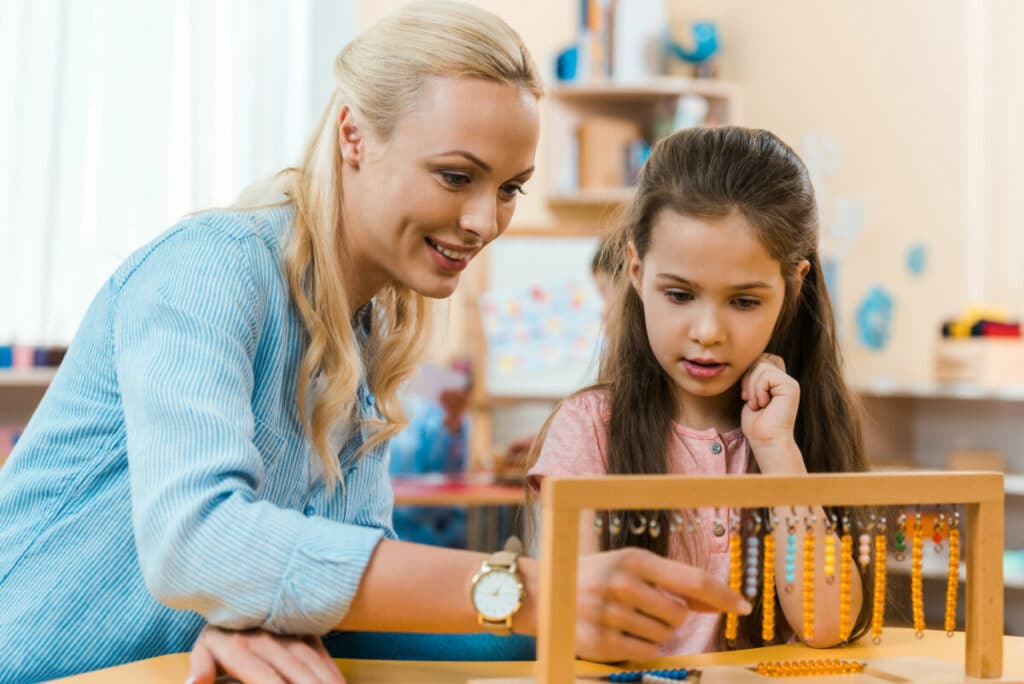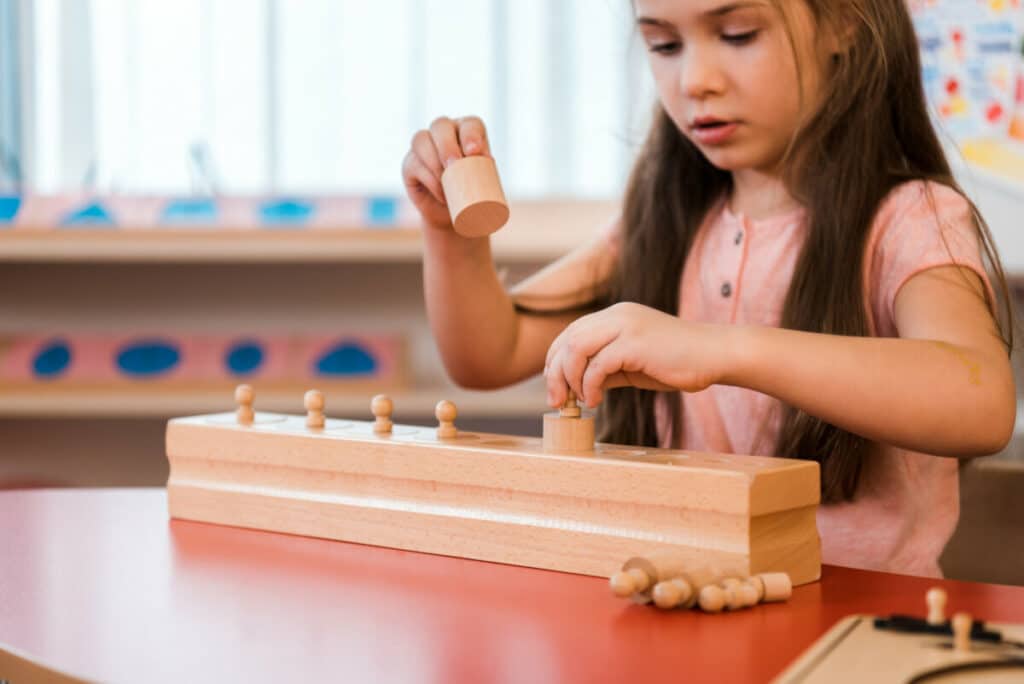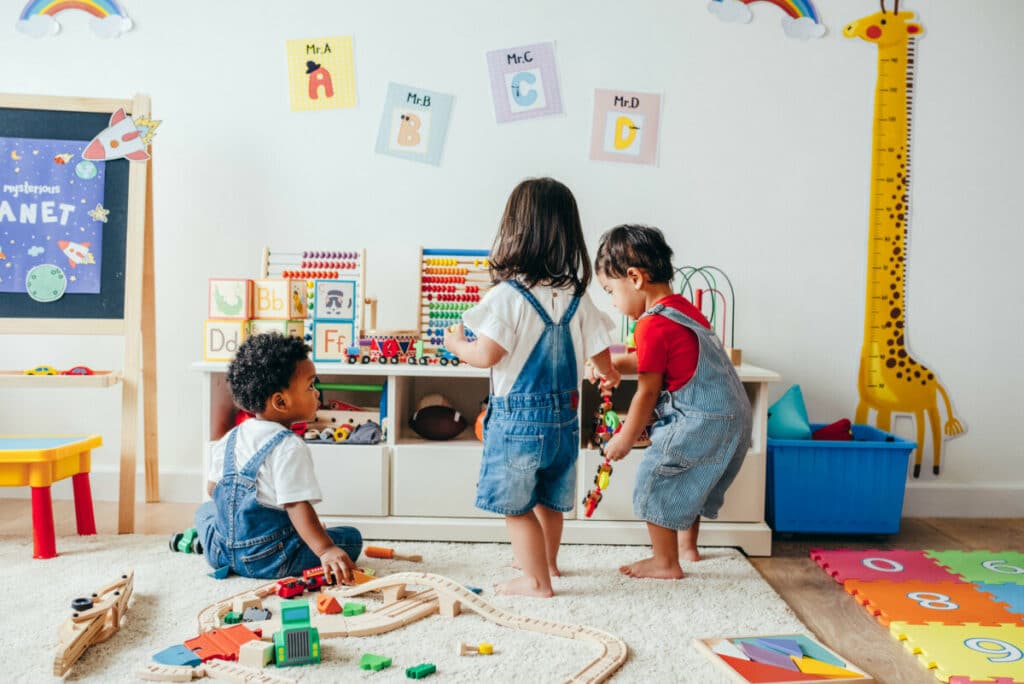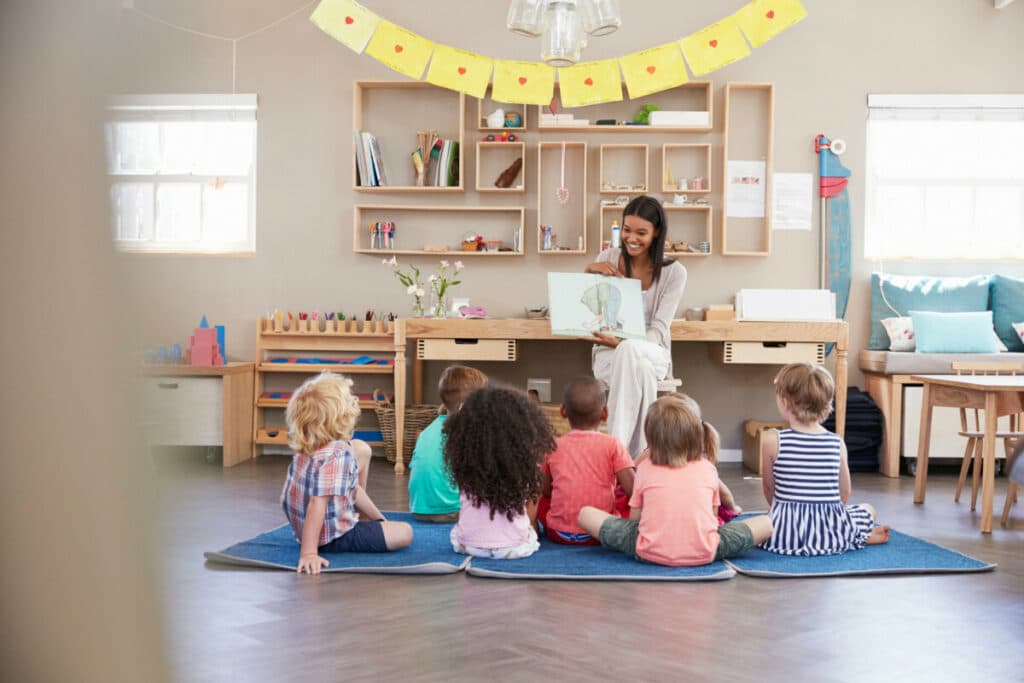13 Pros and Cons of Montessori Schools
Montessori schools have become more well-known in recent years, and many parents have considered sending their children to a Montessori school. However, they are unsure if they should do so. To help you decide whether or not you should send your children to a Montessori school, we have compiled a list of 13 pros and cons of Montessori schools.
1. Pro: Kids Love to Learn
The environment in Montessori schools is often fun, so the children that attend them enjoy being there and enjoy learning. Because Montessori schools encourage children to learn through play, children enjoy it and simply feel like they are playing all day, every day.
While attending a Montessori school, kids are able to choose what toys they play with, what skills they develop, and who they talk to. This makes them enjoy learning, as they get to choose what they do and who they talk to. If your child goes to a Montessori school, it is very likely that they will be excited to go to school every weekday. You may still have to fight with them when they wake up and need to get dressed, but you won’t have to fight to get them into the school building.
Montessori schools create a learning environment that is fun, which allows children to learn how to love learning.
2. Con: They Don’t Allow Pretend Play
While at a Montessori school, children are not allowed to play pretend. That’s right, they can’t pretend to be a prince or princess slaying the dragon, play house, or pretend that they are a fireman or policeman. They can’t even play dress-up.
I don’t know about you, but when I was a kid, I played pretend and dress-up all of the time, both at home and during school recess. Montessori school kids are still allowed to play pretend while at home, but they aren’t allowed to when they are at school with their friends.
Kids play pretend to help them make connections and use their imagination. For example, when a child pretends to be a fireman or policeman, they learn more about the roles these first responders play in an emergency and can more easily recognize what they do in the future.
However, because kids don’t use Montessori toys or involve many things that Montessori teaching puts an emphasis on while playing pretend, as well as the fact that many Montessori schools don’t have recess, they are not allowed to do so. Instead, they are told to play with a Montessori toy or do something that ensures they are working on a motor or social skill.
Although kids that attend Montessori schools are, of course, allowed to play pretend at home, they are not allowed to do so at school with all of their peers, which is unfortunate, especially because so many children love playing pretend and want to do it with kids their age, especially if they have friends at school.
3. Pro: Less Structure
Montessori schools encourage children to play and work on their own, which means there is little structure in the classroom. This doesn’t mean that children are allowed to run wild, but it does mean that children are not forced to sit still at a desk while they struggle to focus and that their playtime is limited to recess.
This lack of structure allows children to learn at their own pace and choose what they want to learn. They don’t have to try to stay awake during a math or English lesson or struggle with the concepts being taught because of how the lessons are being taught.
The structure of Montessori classrooms in Montessori schools is very different from the structure enforced at traditional public schools.
4. Con: Quality of Instruction Depends GREATLY on Who is Administering the School.
Montessori schools are not regulated like traditional schools are. In fact, any school can claim that they are a Montessori school and unless people know what happens in the classrooms and can prove they aren’t implementing the Montessori Method in the school, no one can prove them wrong.
There are some accredited Montessori schools that are genuinely Montessori schools and teachers that work at those schools have special training, but it is relatively hard to find one of these accredited schools. (Source)
This means that two Montessori schools can teach in very different ways, including ways that don’t involve the Montessori Method or utilize Montessori toys, and no one is there to regulate them or ensure the quality of the teaching. This is not the case when it comes to traditional schools, as there are many administrators and state tests that ensure that what is supposed to be taught by teachers is being taught to students.
5. Pro: One-On-One Time With Teachers

Public schools are notorious for having a large number of students in a classroom with only one teacher to teach them and ensure they are staying on topic and focused. Some schools have 25-35 students in a classroom with one teacher, which is difficult for the teacher to manage, even if they are extremely good at teaching.
There is often more than one teacher in each classroom. In traditional schools, teachers have 25-35 students and are overwhelmed. They have no time to work one-on-one in class, and rarely have time outside of class. That is not the case in Montessori schools. Although Montessori classrooms typically have 25-35 children in them, there are multiple teachers there to help students and ensure chaos doesn’t reign.
Because there are multiple teachers in each Montessori classroom, each teacher has more time to spend with each child to ensure they understand concepts and evaluate their learning.
6. Con: Cost
Montessori schools are incredibly expensive, which is extremely unfortunate. The tuition varies from about $12,000-$15,000 per child per year, but it can be higher depending on the school. This means that many families that want to send their children to a Montessori school can’t afford to do so. (Source)
There are some resources that people can use to combat the cost of Montessori schools like scholarships and various foundations, but each school only has a certain amount of scholarships to give out, and foundations that give money to families that want to send their children to a Montessori school typically only give out enough for a few students per year, so it is hard to receive money from either.
7. Pro: Hands-On Learning

While attending a Montessori school, children learn with their hands and choose what things are interesting to them. Many children enjoy learning and learn best when using their hands but don’t get the opportunity to do so often when attending traditional schools. This is not the case when children attend Montessori schools.
8. Con: Rarity
There are not very many Montessori schools in the United States, especially when you compare the number of Montessori schools to the number of public schools in each state. Typically, there are only about 1-2 Montessori schools in a state, although that number does vary by state.
This means that it is hard to find a Montessori school that is close enough to your home to drive your children to every day. This limits the number of children that can attend Montessori schools, even if they would learn better at a Montessori school than at a traditional public school.
9. Pro: Lack of Homework
Montessori schools don’t give out homework most of the time. Even when Montessori teachers do give out homework, it is not the piece of paper with math or English problems that your child has to solve before it is due. Instead, when Montessori teachers assign homework, it usually involves the teacher asking each child to do something while at home. This may involve doing chores or helping you around the house. It may even involve playing with their toys.
Montessori teachers don’t give out homework because, at Montessori schools, children learn how things work rather than math problems. So, there are no math problems to practice doing at home, just things that need to be done at home that will ensure the children know exactly how things work and apply these teachings outside of the classroom. (Source)
10. Con: Hard for Students to Adjust

If a child went to a traditional public school before attending a Montessori school, they will have a hard time adjusting to the change. If a Montessori student goes to a traditional school, especially after they went to a Montessori school for multiple years, it can be hard for them to adhere and adjust to the structure, as they haven’t had any experience with it in the past and they have to learn how to navigate the classroom and behave in a completely different way.
Although Montessori schools teach children math and English, they teach them through hands-on learning rather than essays or times tables. How children that have attended a Montessori school will have to completely change the way they learn, which will be extremely difficult. The case is the same for a child that transfers from a traditional school to a Montessori school, but they will likely find the transition easier.
Many people that attended Montessori schools for all or most of their education find it hard to adjust to the learning environment when they go to college.
11. Pro: Social Environment
The environment and structure of Montessori classrooms encourage children to be social, and the focus of many Montessori schools includes the emotional and social health of children. Younger children in Montessori schools often do projects with other children, which encourages them to work with others and be social. They don’t work independently on worksheets like children that attend traditional public schools do.
Montessori schools also emphasize respecting others, which encourages healthy relationships between children and adults.
Montessori classrooms don’t only have children of one age. Instead, children of multiple ages are taught and learn in one classroom. This encourages older children to teach younger children how to do things and encourages friendships to form between children of multiple ages. Also, when older children teach younger children how to do something, the concept is reinforced in their minds, so their understanding of the concept they taught is reinforced. (Source)

12. Con: Not for Every Student
Not all students enjoy working with their hands or enjoy learning at Montessori schools, so they are not for every child. Montessori schools are not for children that don’t like to work independently, as much of the work that children do is independent. (Source)
This means that teachers and parents have to evaluate how their students or children learn, and they have to do so for each child. This is hard to do and if one child will learn best while attending a Montessori school, but their siblings will not, their parents will likely struggle in the morning to get all of their children to their respective schools on time, which is one of the reasons why many parents choose not to send only one or two of their children to a Montessori school.
13. Pro: Children are Taught to Be Independent
While attending a Montessori school, children are taught to be extremely independent. This is partially because independence is one of the main focuses of Montessori schools, but it is also because children at Montessori schools direct their own learning. They choose the items and toys they play with to learn various concepts.
If your child is not independent or struggles with independence, they will likely struggle while attending a Montessori school. While independence is important for children to learn, and many children enjoy learning on their own, it may not be the best way for your child to learn.
Overall, Montessori schools are great and many children enjoy attending them, but they are not perfect. Ultimately, it is up to you to decide whether or not you should send your children to a Montessori school or if they would be better off attending a traditional public or private school. To help you decide, evaluate how your children learn and if they are currently attending school, ask their teachers if they think your children would thrive while attending a Montessori school.

